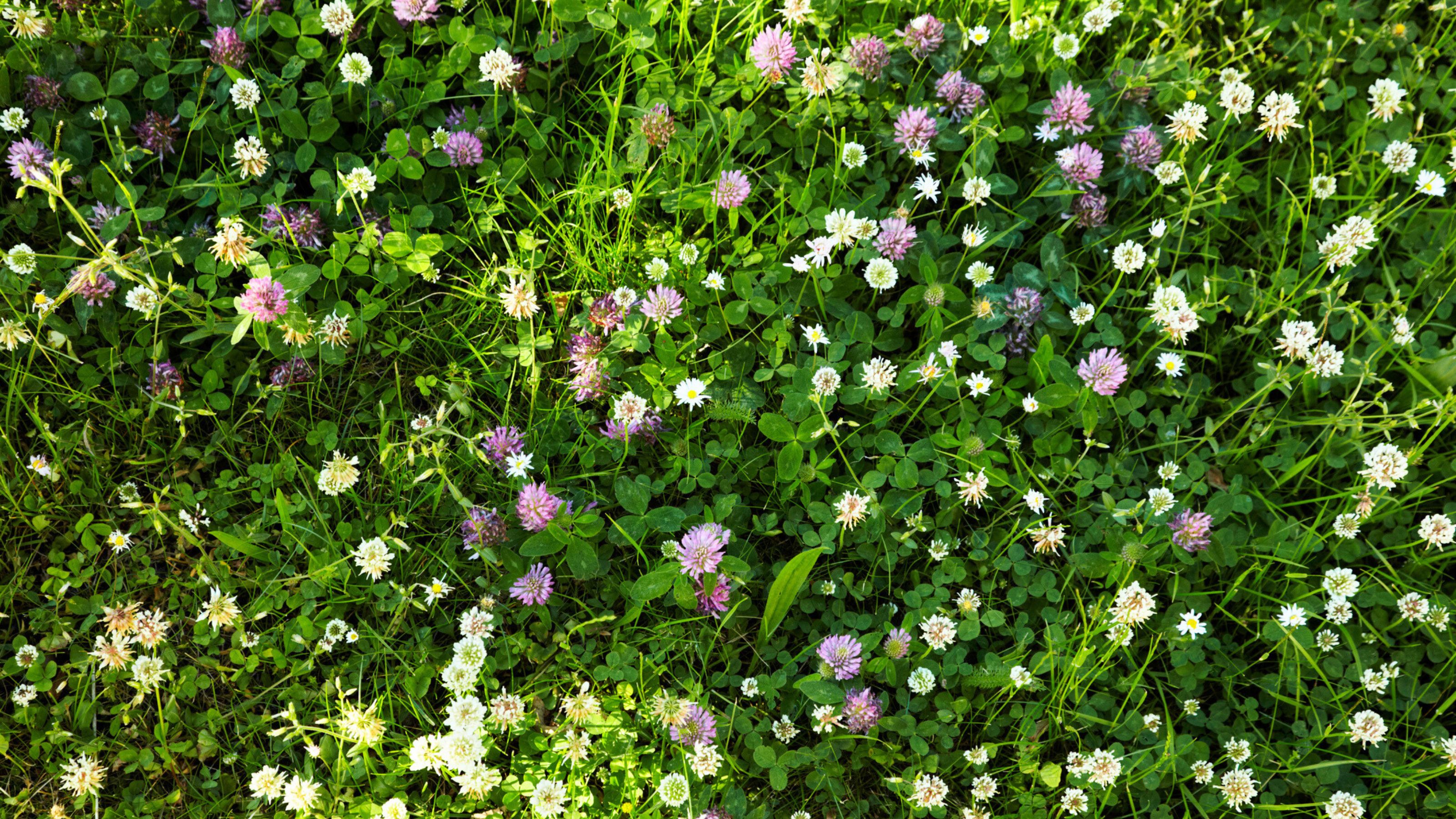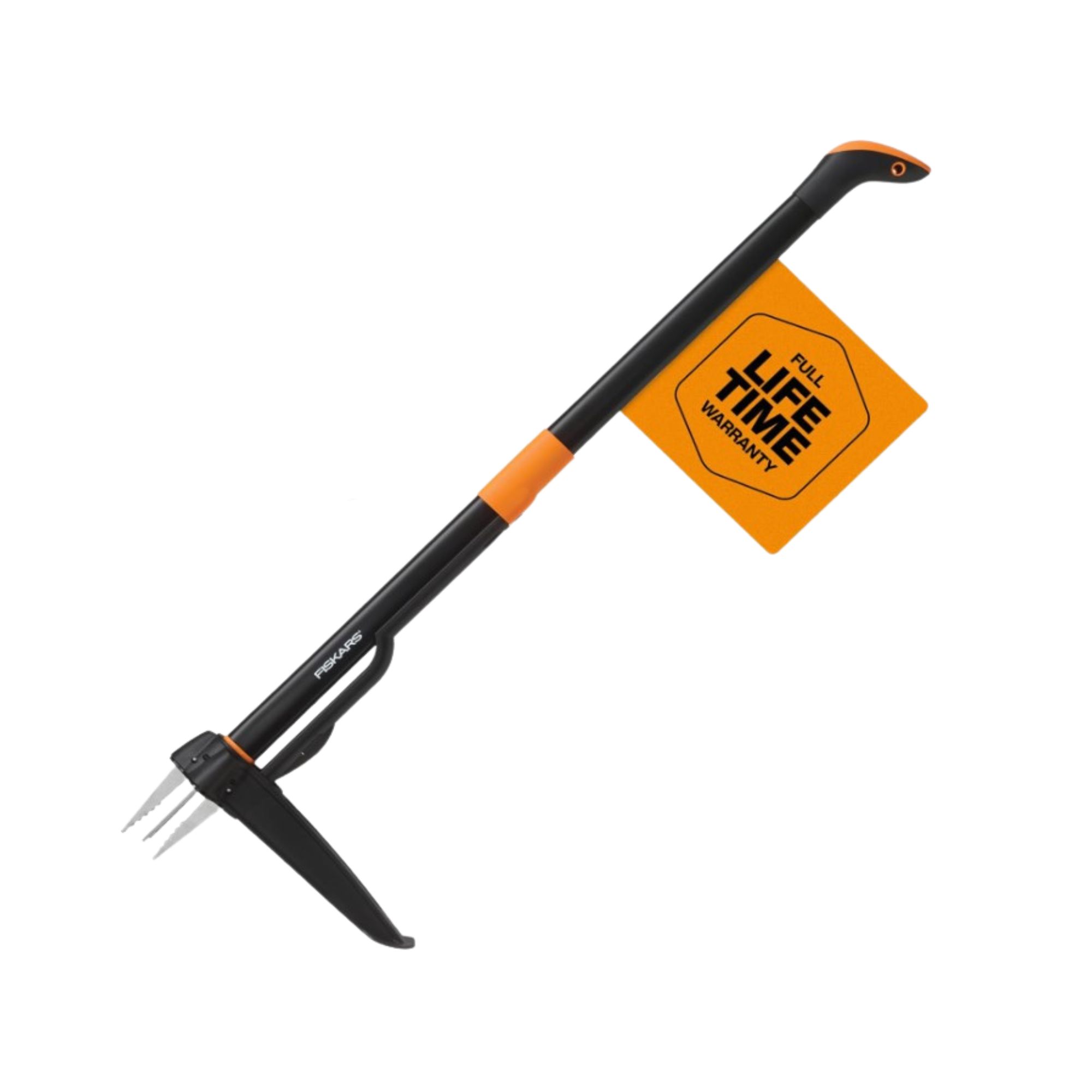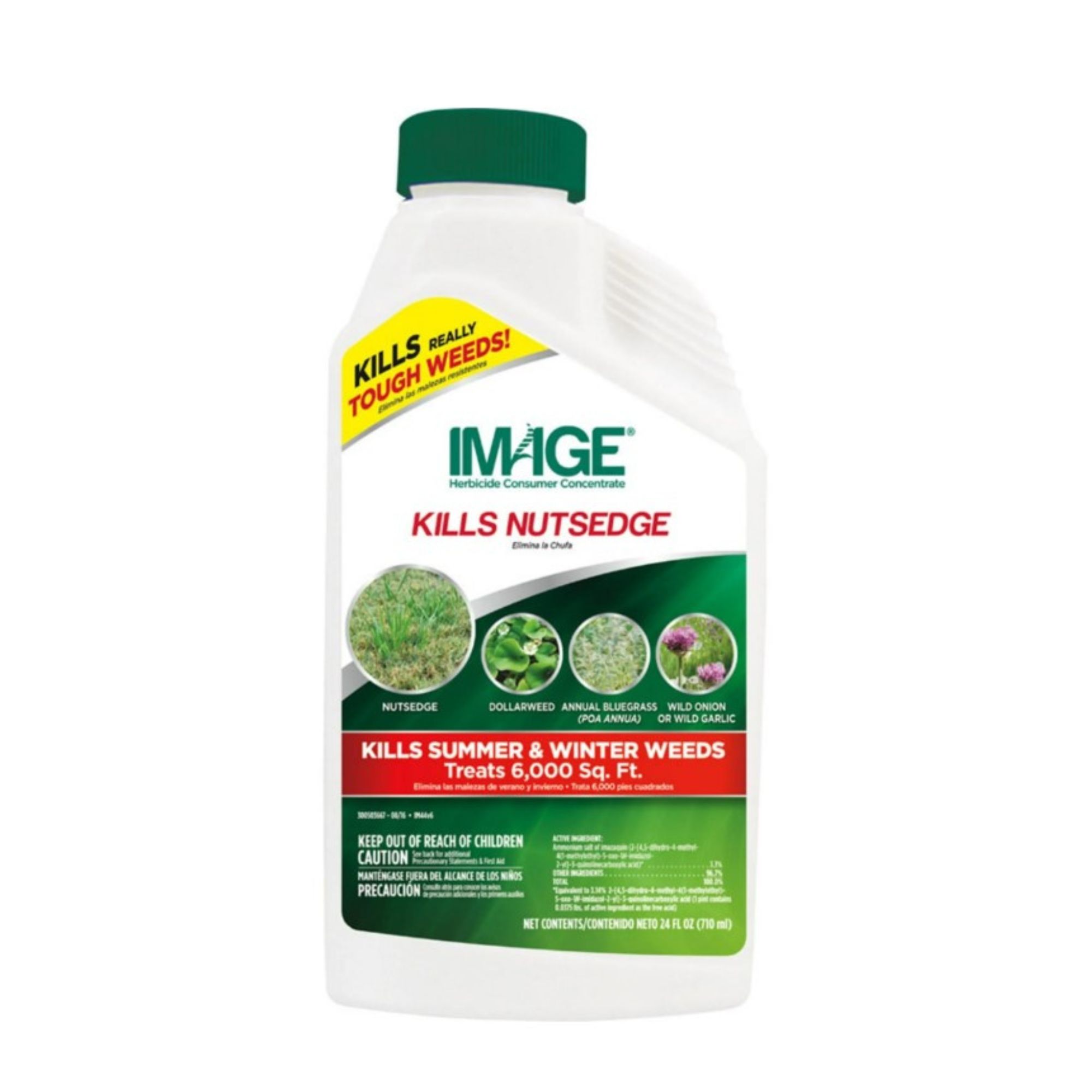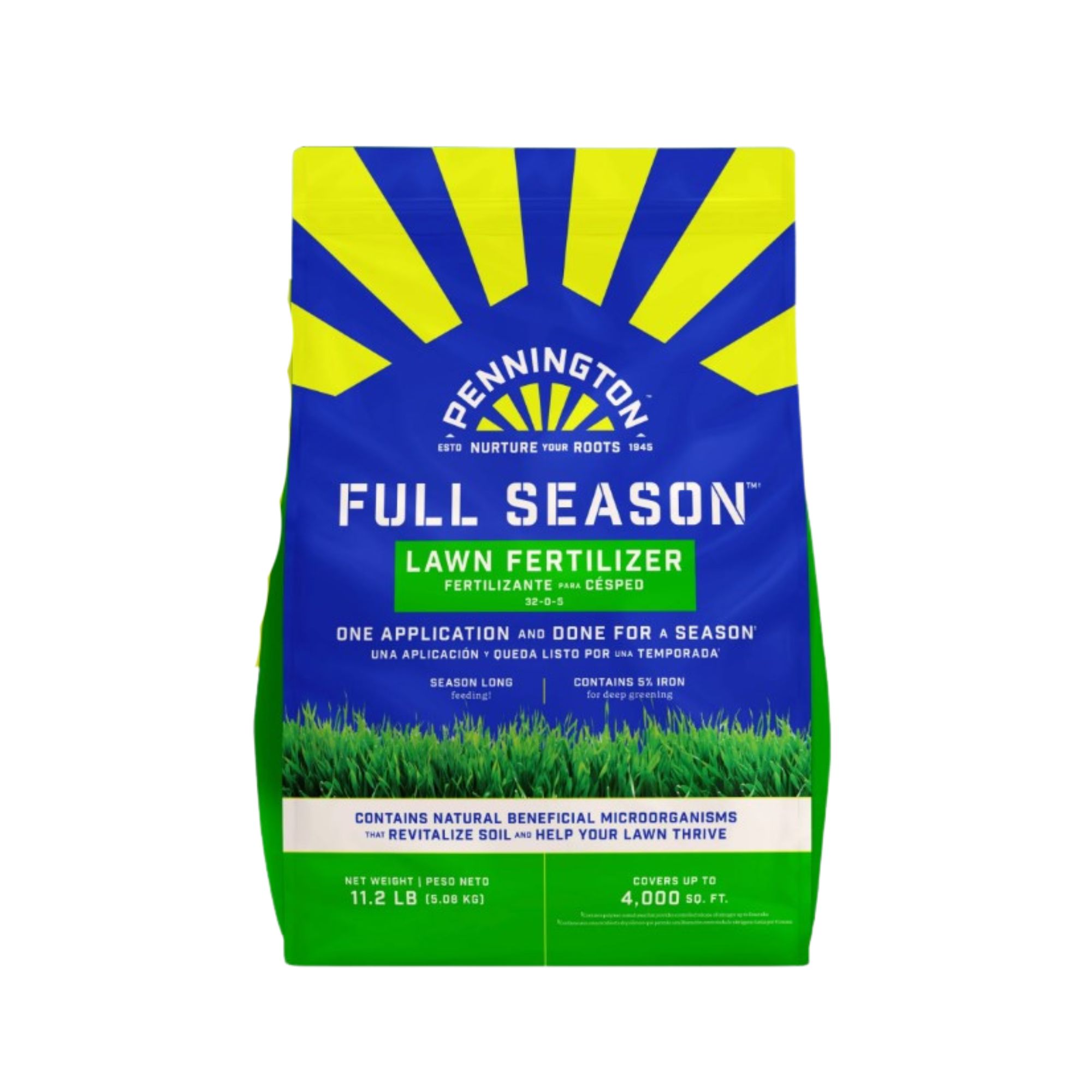

If you want your lawn to look picture-perfect, removing clovers will make it look much neater.
I've asked gardening and landscaping pros for the key steps required to get rid of these, which are thankfully all easy to do. They're run through the two key removal methods — manual and chemical — as well as everything you need to know maintenance wise.
For those caring for lawns and wanting to remove these wildflowers from your yard, these steps are all worth following.
Method 1: Manually getting rid of a clover lawn

The easiest way to remove clovers is by manually removing them. This might take a bit of time for those with larger backyards rather than small backyards, but it will mean you won't need to use any chemicals.
“Use a weeding tool to ensure you get the entire root system to prevent regrowth,” advises Tony O'Neill, gardening expert and founder of Simplify Gardening.
Not got one to hand? The Grampa's Weeder from Amazon has been loved by gardening pros for 100 years thanks to its easy maneuverability, its bamboo handle, and lightweight.
Method 2: Chemically getting rid of a clover lawn

If you'd rather go for a fast and effective method, you can also remove the clover completely with weed killer.
“If you’re planning on reseeding after removing clover, I recommend killing the plant,” says Scott McLeod, landscaping expert and founder of McLeod Landscaping Inc. “I recommend Ortho Weed-B-Gon from Amazon, applying two or three times over two weeks.”
For larger infestations, Tony says to consider using a selective herbicide that targets clover but spares the grass. The Southern Amine Weed Killer from Amazon has a low economical use rate and can be sprayed on when mixed with water.
Maintaining your lawn after getting rid of clover
Once you’ve removed clover from your lawn, it’s time to plant new grass and keep clover at bay.
- New grass: First of all, aerate your lawn and soil, add compost, and bring in new grass seeds. “For New England, I prefer seed blends with ryegrass, Kentucky bluegrass, and fine fescue,” Scott suggests. “Make sure to fertilize new grass at three to four inches.”
- Fertilization: “Clover often grows in lawns with low nitrogen levels. Apply a nitrogen-rich fertilizer to help your grass outcompete the clover,” says Tony. For instance, the Pennington Ultra Green Fertilizer from Amazon not only has high nitrogen levels but will also make your grass even greener.
- Watering: “Water your lawn deeply but infrequently to encourage deep grassroots,” explains Tony. “Clover prefers moist soil, so reducing surface moisture can help deter it.”
Mowing your lawn with your best lawn mower, watering and fertilizing regularly will establish the lawn in six to eight weeks.
Clover lawn removal essentials

Size (in.): H39.37 x W11.69
Made from: Stainless steel
Price: $48.48
Make removing clover from your lawn manually a total breeze by using this strong weed puller. It's lightweight, has an easy eject design to prevent sore knees, and an offset handle to reduce wrist strain. Amazon shoppers love these feature, as well as the fact it removes enough of the root to kill the plant.

Size: 24 oz.
Coverage: 6,000 sq. ft.
Price: $21.97
If you want to get rid of clover without damaging the rest of the grass around it, make sure to use a herbicide weed killer. This one is ideal for use on southern turf grass and selected ornamentals, targeting even the toughest of weeds. You can also apply this following the spring clean-up and preceding winter, in order to maintain your lawn throughout the year.

Size: 11.2 lb.
Coverage: 4,000 sq. ft.
Price: $22.98
Keep your clover at bay by spreading this luscious fertilizer on your lawn. You only need to apply it once for it to last the whole season. It also contains microorganisms that revitalize the soil and plant nutrients that will ensure your lawn stays green and gorgeous. Plus, it feeds the lawn for up to four months.
By applying one of these removal methods and establishing a new lawn that will deter clover, you’re sure not to have any more issues with it.
“In my own lawn, I struggled with clover patches for a few seasons. By increasing the mowing height and applying a nitrogen-rich organic fertilizer, I managed to create a healthier lawn that naturally outcompeted the clover,” Tony explains.
“This experience reinforced the importance of maintaining a balanced and nutrient-rich lawn care routine,” he finishes by saying.
Rather maintain this kind of lawn, rather than remove it? Learning how to grow a clover lawn will be more useful. Or, if grass is too much hassle for you, finding no-mow lawn alternatives could be better for you.
Join our newsletter
Get small space home decor ideas, celeb inspiration, DIY tips and more, straight to your inbox!

Hi there! I’m the former content editor at Real Homes and I'm now a freelance journalist.. I've been a lifestyle journalist for over five years, previously working as an editor across regional magazines. Before this, I graduated from Nottingham Trent University a degree in journalism, along with an NCTJ gold diploma. For Real Homes, I specialized in interior design, trends and finding the best viral buys.